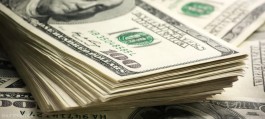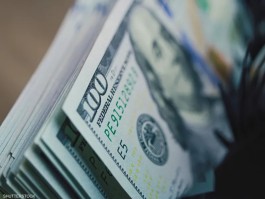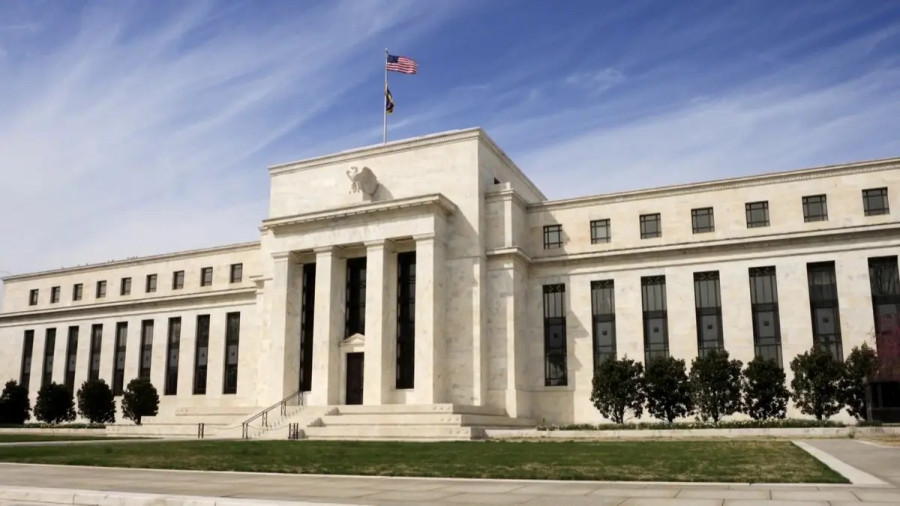The US Federal Reserve on Wednesday raised interest rates by 25 basis points as expected, to a range of 5% to 5.25%, the highest level since 2007.
This is the tenth consecutive increase approved by the US Federal Reserve since 2022, to curb inflation, which last year reached its highest level in about 4 decades, at a time when monetary policy officials continue to focus on the banking crisis and growth fears in the US economy.
The annual inflation rate in the United States declined last March to 5%, its lowest level since May 2021, as the latest data issued by the US Department of Commerce, at the end of last week, showed that the personal consumption expenditures price index, which excludes food prices, Energy - the US Federal Reserve's preferred measure of core inflation - rose by 0.3% in March compared to the previous month, and by 4.6% from a year ago.
The decision to raise interest rates comes amid objections from prominent Democratic lawmakers, who this week urged the Federal Reserve to halt rate hikes, which they insist could cause a recession and excessive job losses.
However, the labor market has remained strong since the increases began in March 2022. Meanwhile, inflation remains well above the 2% target that policymakers consider optimal. Several officials said interest rates will likely need to remain high, even if increases are suspended.
Besides inflation, the Fed has also had to deal with turmoil in the banking sector, which has seen the closure of 3 medium-sized banks since the beginning of the year.
Although central bank officials insist that the banking sector as a whole is stable, the expected tightening in credit conditions and upcoming tightening of regulations is expected to further impact economic growth which was only 1.1% year-on-year in the first quarter of this year.









































